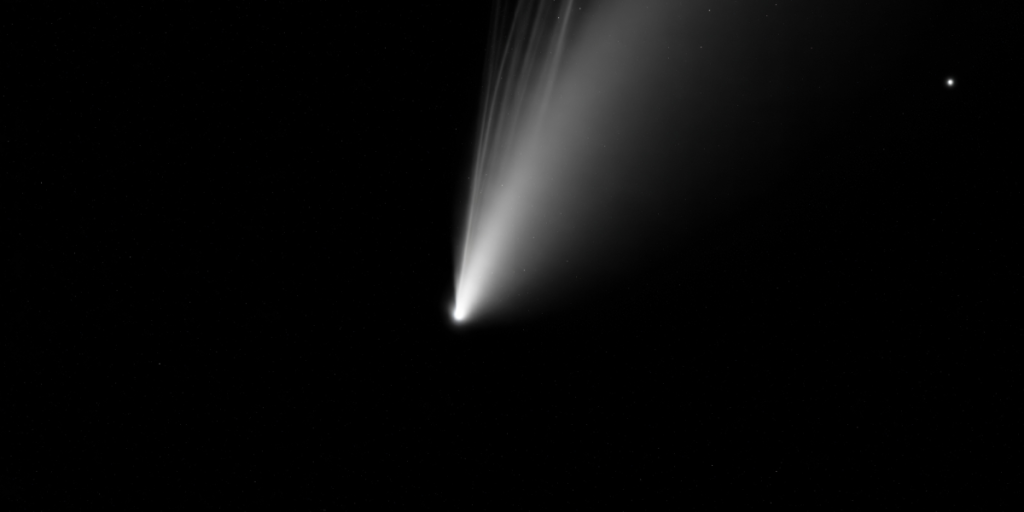A new interstellar visitor has ignited a debate between two of the world’s most famous scientists.
Others are reading now
While Harvard’s Avi Loeb suggests the object 3I/ATLAS might be an artificial craft, British physicist Brian Cox insists the evidence shows it is nothing more than a natural comet.
Scientific dispute
The object 3I/ATLAS, first detected by NASA on 1 July 2025, is the third known interstellar body to pass through our solar system.
Astronomers confirmed that it originated beyond the Sun’s gravitational reach but emphasised that it poses no danger to Earth.
Despite these assurances, Avi Loeb, head of Harvard University’s Galileo Project, has argued that 3I/ATLAS could be a “technological artefact” created by an intelligent civilisation.
His remarks have divided scientists and captured public attention across social media.
Also read
Loeb’s hypothesis
In a paper co-authored with Harvard researchers Adam Hibberd and Adam Crowl, Loeb wrote that the comet might be “a technological artefact, and furthermore has active intelligence.”
He said that two outcomes were possible: “First, that its intentions are entirely benign and second, they are malign.”
Loeb estimated a 30 to 40 percent chance that 3I/ATLAS is not a natural object. Speaking to LADbible, he placed it at “four” on his self-devised “Loeb scale,” where zero means completely natural and ten means confirmed extraterrestrial origin.
According to Loeb, “That means it’s most likely natural, but nevertheless it’s a very high probability for it being something else, and that’s why we should continue to consider it seriously.”
Cox rejects the claims
Earlier this week, Brian Cox addressed what he called “recent drivel online,” urging people to rely on scientific evidence rather than speculation.
Also read
Posting on X, he wrote: “Comet 3I/ATLAS is a comet, made of carbon dioxide and water ices and bits of other stuff. It is entirely natural in origin, its orbit is as expected, and it will whizz around the sun and then disappear off into the galaxy again.”
Cox added that the interstellar visitor should be appreciated for what it is.
“If it ever encounters another inhabited solar system in the far future I hope the living things there are more sensible than us and enjoy it for what it is, a visitor from elsewhere in the galaxy, a pristine lump of rock and ices which formed around a distant, maybe long-dead star billions of years ago and many light years away, just passing through. Isn’t that wonderful enough?”
Reliable information
Cox later shared a source for those following the discussion, describing it as “the place you should look if you want detailed, reliable information.”
He warned readers to be cautious with early data but said the repository provided “fast-developing research in action.”
Also read
The physicist also offered advice to those checking online studies.
“A good rule of thumb is to look at the ones that have been submitted to journals, usually noted in the comments,” he wrote.
Sources: LADbible, NASA, Harvard-Smithsonian Center for Astrophysics.


